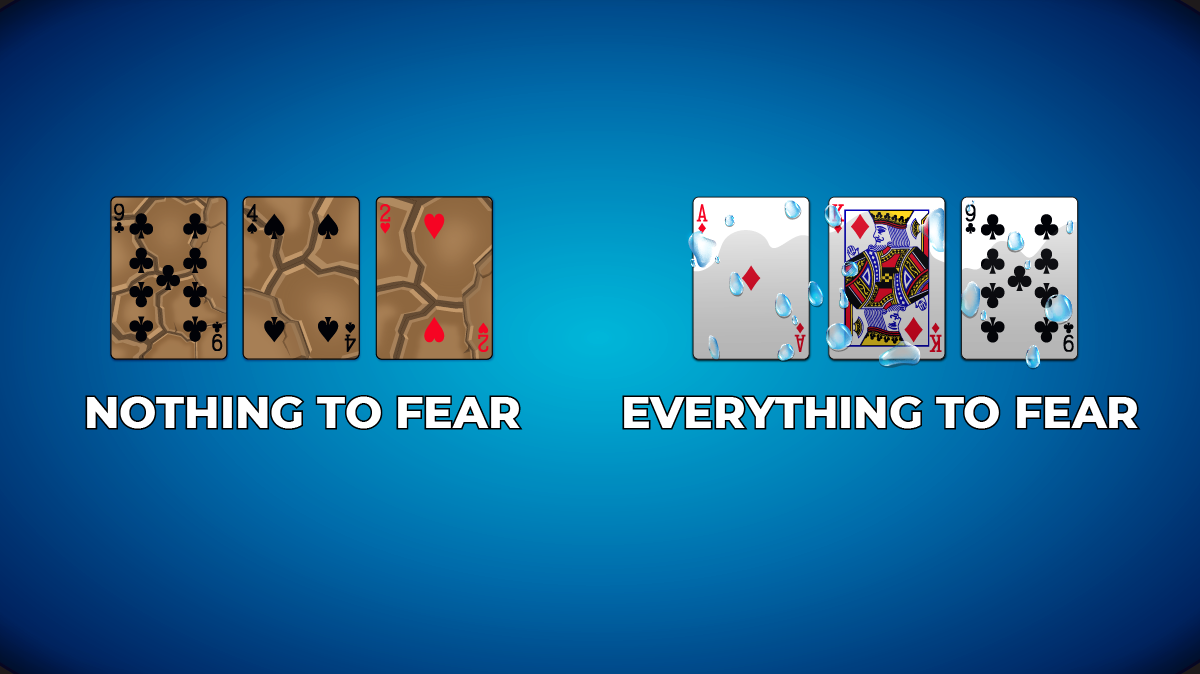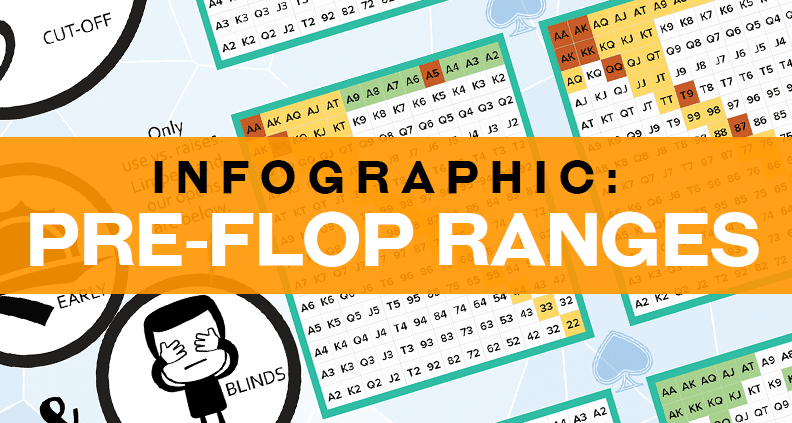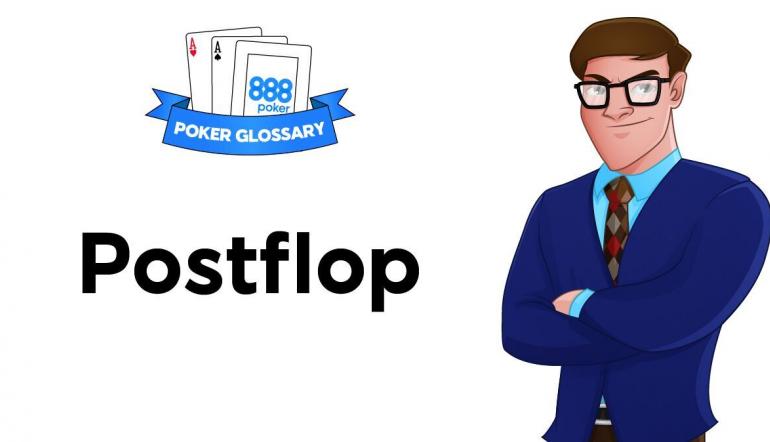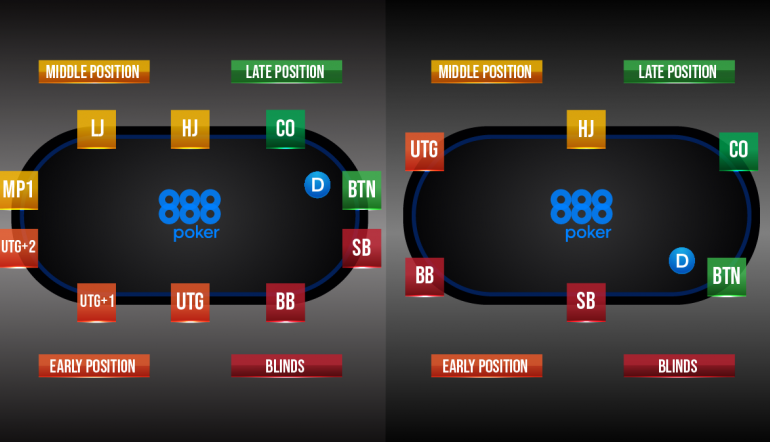Online Poker Post Flop Strategy
Full ring micro stakes no limit Hold’em is the single most popular variety of cash game poker on the internet. This is where some players go to start out, others go to live, and yet others go to die. As easy as these games are to beat, they can also be incredibly boring. You do not need to have an understanding of incredibly complex strategies in order to beat the full ring micro stakes games. The majority of your opponents won’t be better than very average at best. This will work to your advantage if, and only if, you know how players in these games think.
- Poker Post Flop Odds
- Online Poker Post Flop Strategy Games
- When To Play Flop In Poker
- Casino Flop Poker Game
- Poker Post Flop Strategy
When you hit a smallflush on the flop, just go for it and try to get all your money in the pot as quickly as possible.This also ensures that worse hands like two-pair or sets don’t get scared into folding when an. Playing the Flop in Omaha Tips For Playing Omaha Poker Post Flop. Omaha poker is the most common game that players turn to when they are either beating the games they are at or are burnt out for.
Your average competition is going to look for every opportunity to slow play, won’t ever be able to fold a draw or a big pocket pair, and so on and so forth. It can’t be emphasized enough, these are the easiest cash games out there. The only thing better than playing full ring micro stakes cash game players is playing a tournament player in a cash game. Strategy is quite basic in these games and can be applied over and over again with relative ease.
Pre-Flop Strategy
Pre-flop strategy in any full ring game is going to be more passive than its 6-max counterpart. Whereas 6-max games are full of relentless aggression and action, the full ring tables are often quite slow in comparison. You will see a lot of limps, weak raises, loose calls, and so on and so forth. There are a lot of people who simply want to see the flop, just as there is in almost any poker game. Certain plays and moves will allow you to identify a player as particularly inexperienced. Some of the things to look out for at the table include open limping, check calling (frequently), check folding (frequently), obvious check raises for value, min raises, and folds to small river bets. These plays are all indications of someone who is thinking on either level one or two. In poker, the first level of thinking is “what do I have?” This means that the players are giving consideration to, and only to, the hand that they are holding. If their cards don’t connect with the board, level one thinkers disregard the possibility that you missed as well. They give up easily when they miss, and die hard when they hit. Level one thinkers are the exact people who you want to get involved with pre-flop because they will be exceptionally easy to beat post-flop.
For straightforward pre-flop strategy in these games, position and value are everything. There aren’t too many poker games were position is not a valuable asset, so you should look to play as many pots in late position as possible. In later position, calling with suited connectors, small pocket pairs, and other similar hands is wildly profitable. Because of the caliber of your opponent, you will know exactly where you are and it will be incredibly easy to either make plays or extract value. In addition to playing hands in position, you should also be looking to maximize total value out of everything that you have. It is a major mistake to let money slip out of your hands unnecessarily, particularly in these games.
As mentioned previously, players in these games tend to hate folding with a passion. Because of this, it only makes sense to squeeze out every nickel and dime possible when you have a strong hand pre-flop. The best way to do this is to always make sure that you are raising with a strong hand, and making even larger raises when there are limpers and/or someone who won’t fold anything. This means that pocket aces could warrant a 6x big blind raise, whereas AJ might only call for a 4x or 5x open raise. Your opponents won’t often be in the mood to fold pre-flop, so this will allow you to capitalize on their weakness by making larger pre-flop raises. The key to effectively earning some extra pre-flop money is being able to tell which players can and which players can’t fold their hands. If you are facing an absolute rock who seems to only have a fold button, there is no use in over betting your strong hands. If you just saw someone call a 3 bet with ATos out of position, however, you will know that you can make some extra money.
Actual bet sizing in these games is very formula oriented. In small stakes and larger limit games, the other players are apt to pick up on your betting patterns, but micro stakes full ring players won’t bat an eye if you raise 5x this time and 4x the next. As such, you can stick to whatever system you would like without fear of your opponents breaking the code. For some very basic bet sizing, follow these guidelines…
A 4x open raise with any pocket pair or QK/AJ+
A 5x or 6x open raise with JJ+ or AQ+
A re-raise of 4x + 1bb per limper, changing this to 5x when possible
As you can see, these formulas are very simplistic with minimal variables. Needless to say, post-flop play won’t be quite as easy.
Post-Flop Strategy
Post-flop play is never going to be all that complicated in micro stakes full ring games. Most players are going to give their hand away at one point or another, making it easy to give up when you are beat and maximize value when you are ahead.
The flop check raise is one of the most popular moves among bad micro stakes full ring players. This play is always one of two things, either a bluff or a monster hand. More likely than not, however, the player has something that they perceive as strong. Micro stakes players tend to shy away from running even the smallest of bluffs, so you can safely assume that implied strength is actual strength. Hands tend to be played with a strong amount of transparency in these games. If you are going to continue on with a hand after being check raised, you should either have a strong hand yourself or be sure that your opponent is weak.
Players in these games love to call down with their draws and make it completely obvious when they hit. The best way to play a strong hand on a draw heavy board is to bet hard. If you flop a set and feel that the other player could easily be on a straight or flush draw, you should bet near the pot on every street. This will allow you to maximize value as it is unlikely that most opponents will be able to locate the fold button with any sort of draw. If the draw hits on the river, you will know that you can give up when they make a massive overbet or suddenly show aggression that had not previously existed. Again, the most obvious hand is also the most likely. For every time that someone successfully bluffs you in one of these spots, there will be 25 times where they actually hit their hand.
Allowing the other player to do the betting is a great way to extract maximum value with minimal effort. If you flop a decent to strong hand in position, you can safely call down lead bets from the other player without needing to do anything complicated. A lot of players will either make bluffs on multiple streets or will incorrectly assume that their hands are good, despite you calling them down. An effective strategy is to call the flop, call the turn, and make a raise on the river. In these spots, your opponent will often times feel that they have too much invested to ever fold their hand. You don’t need to get tricky with deception when your opponent won’t have a clue what you are doing. Deep thinking is only beneficial if the other player can really think, and this is not something that you will run into at most micro stakes full ring tables.


The 4 Post-flop Fundamentals of Hand Reading, Continuation Bets, Poker Math and Exploiting Your Opponents.
In this follow-up to Preflop Online Poker, Sky teaches you the fundamental post-flop skills you MUST learn to profit in online poker.
The insanely useful strategies presented here are clear and concise and taught with many hand examples that demonstrate profitable poker play. Sky will quiz your understanding throughout the book, and he’ll have you taking action on- and off-the-felt with 55 different actions steps.
This isn’t just a read-it-in-5-days-and-shelve-it poker book. This book is your new poker coach; teaching you strategies and expecting you to use them. Then when you’re ready, repeating the process with the next valuable set of strategies.
In Post-flop Online Poker, you will learn:
- How to do the most important poker skill: Hand Reading. You’ll then use this skill throughout the rest of the book to drive home each valuable strategy.
- How to make profitable bluff and value cbets utilizing all the information available to you.
- How to use poker math to make +EV decisions that rake your opponent’s chips into your stack.
- How to defend against cbets profitably with check-raises, floats, probes and even donk bets.
- Poker mindset skills to keep you focused on profitable strategies both on- and off-the-felt.
Your next poker coach is right here in your hands. Post-flop Online Poker will help you build the necessary skills on your way to the ultimate destination of Poker Excellence.
Don’t wait. Get this book NOW and begin learning from your new poker coach.
Get it on Amazon in Kindle and Paperback (Audible Audiobook coming soon):
Listen to Chapter 5: Domino 5.3 – Narrowing Ranges Post-flop
Listen to Two Mindset Moments from the Book (#6 and #10):
I believe that working on your poker mindset is critical to developing your skills as a player, and it’s something you can do right from the start. “Mindset Moments” are woven throughout the book.
These mindset moments are quick and helpful mental game tips. The idea is that you just finished a chapter and learned some new strategies. While you implement them, you can simultaneously work on a mental game aspect like utilizing warm-ups before your sessions, dealing healthily with downswings or developing good habits on- and off-the-felt
Here’s a Demonstration of One of the 55 Action Steps in the book:
Learn How to Exploit Positional Polly from Chapter 9: Domino 6.2 – Making Out of Position Cbets
Here’s an in-game demonstration of another action step: Train For Consistent HUD Use
Table of Contents
Chapter 1: Introduction
Chapter 2: Fifth Domino – The Skill of Hand Reading
Chapter 3: Domino 5.1 – How to Hand Read
Chapter 4: Domino 5.2 – Assigning Preflop Ranges
Chapter 5: Domino 5.3 – Narrowing Ranges Post-flop
Chapter 6: Domino 5.4 – Practicing Hand Reading On-the-Felt
Chapter 7: Sixth Domino – Continuation Bets
Chapter 8: Domino 6.1 – Cbetting in Bread & Butter Spots
Chapter 9: Domino 6.2 – Making Out of Position Cbets


Chapter 10: Domino 6.3 – Utilizing Board Texture
Chapter 11: Domino 6.4 – Double and Triple Barreling
Poker Post Flop Odds
Chapter 12: Seventh Domino – Post-flop Math
Chapter 13: Domino 7.1 – Making Decisions with Expected Value
Chapter 14: Domino 7.2 – Utilizing the Break-even Point
Online Poker Post Flop Strategy Games
Chapter 15: Domino 7.3 – Exploiting with HUD Statistics
Chapter 16: Eighth Domino – Defending Against Continuation Bets
Chapter 17: Domino 8.1 – Raising and Check-Raising
When To Play Flop In Poker
Chapter 18: Domino 8.2 – Calling, Floating and Probing
Chapter 19: Domino 8.3 – Donk Betting
Chapter 20: The Thrilling Conclusion

Also by Sky Matsuhashi
Casino Flop Poker Game
Do you need to improve your preflop strategies?
Volume 1 of the Dominoes of Poker Series: Preflop Online Poker
Ready to improve your on- and off-the-felt study skills?
How to Study Poker Volume 1
Poker Post Flop Strategy
Check-out 28 days of study in action:
How to Study Poker Volume 2